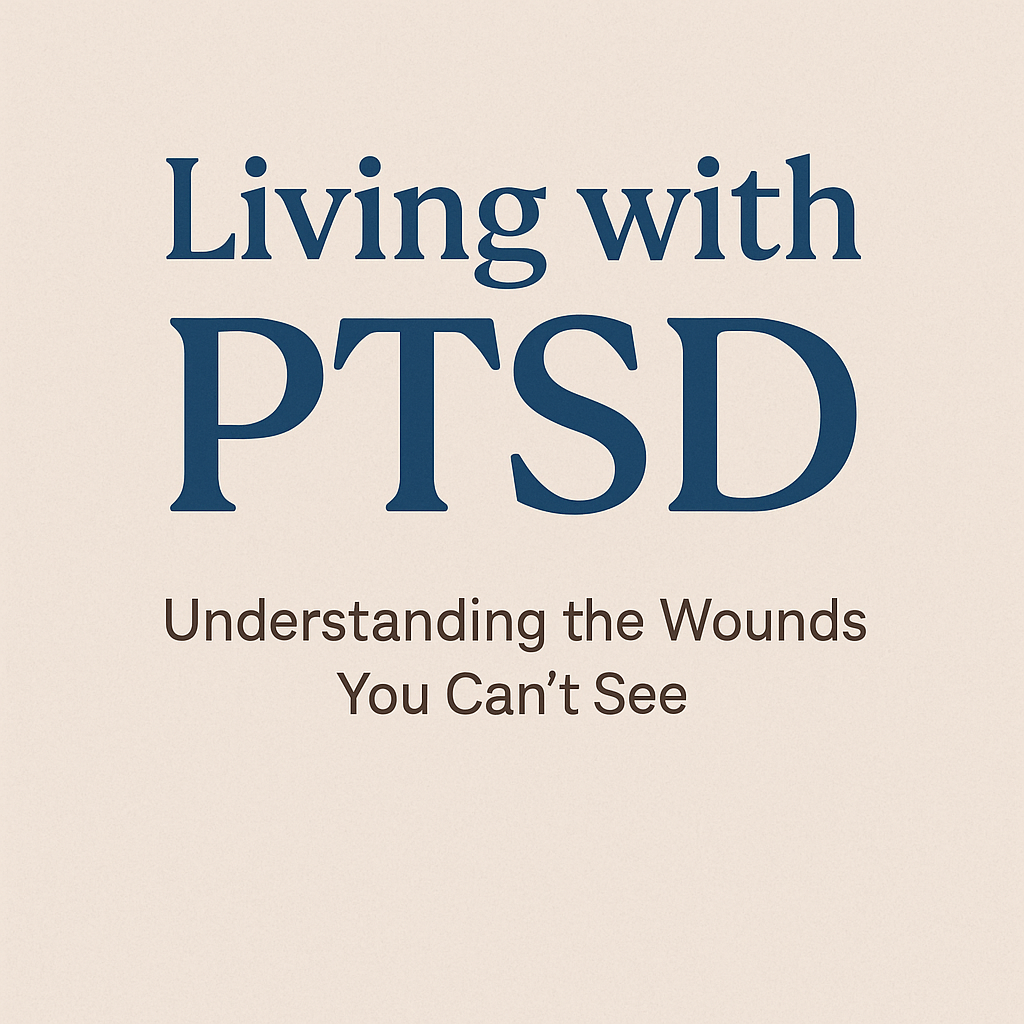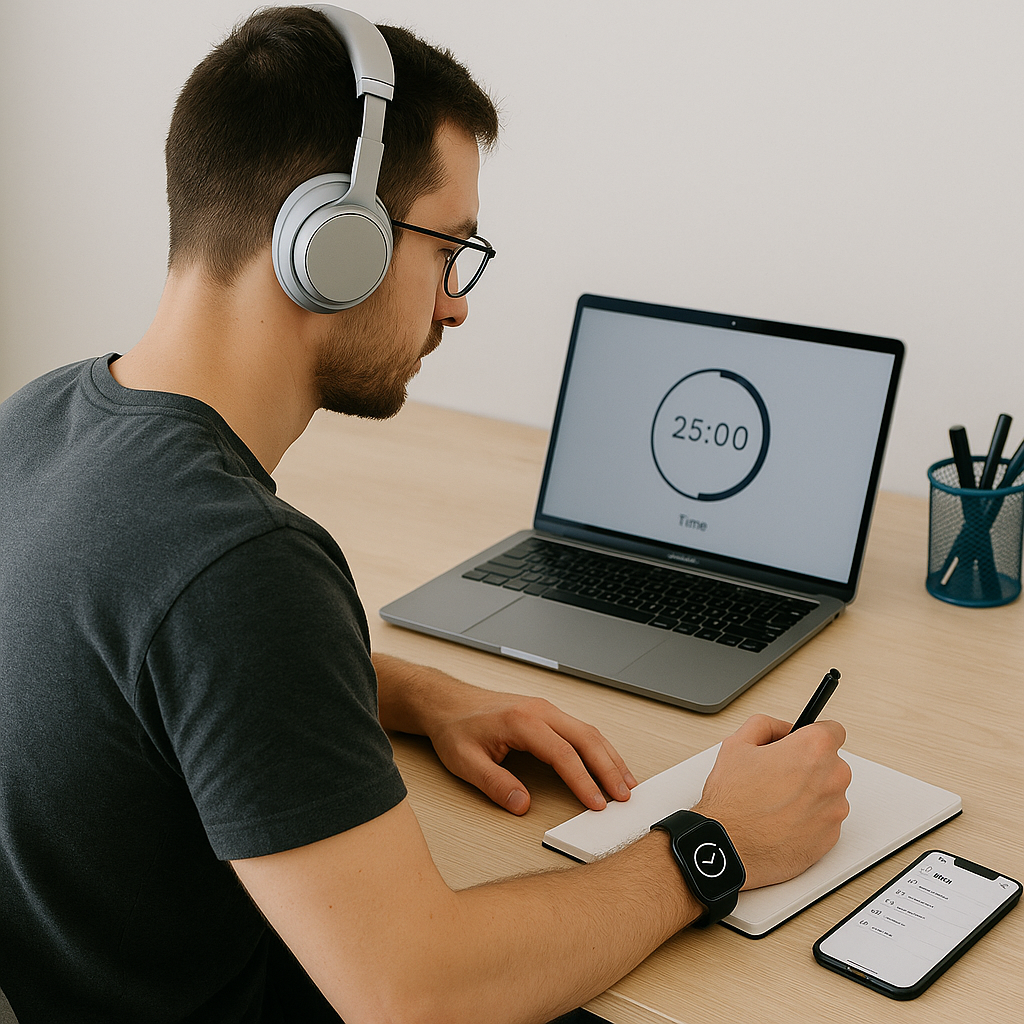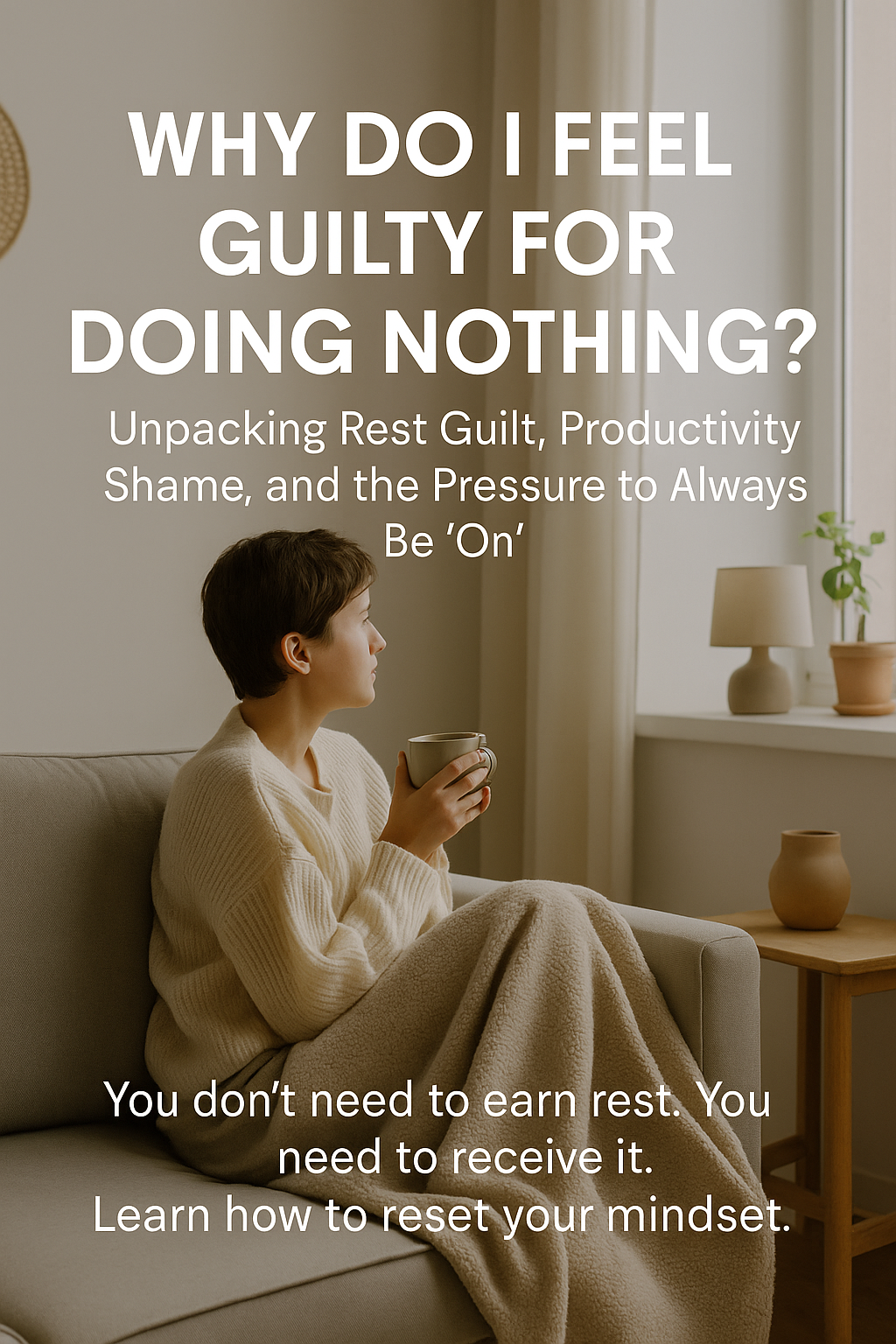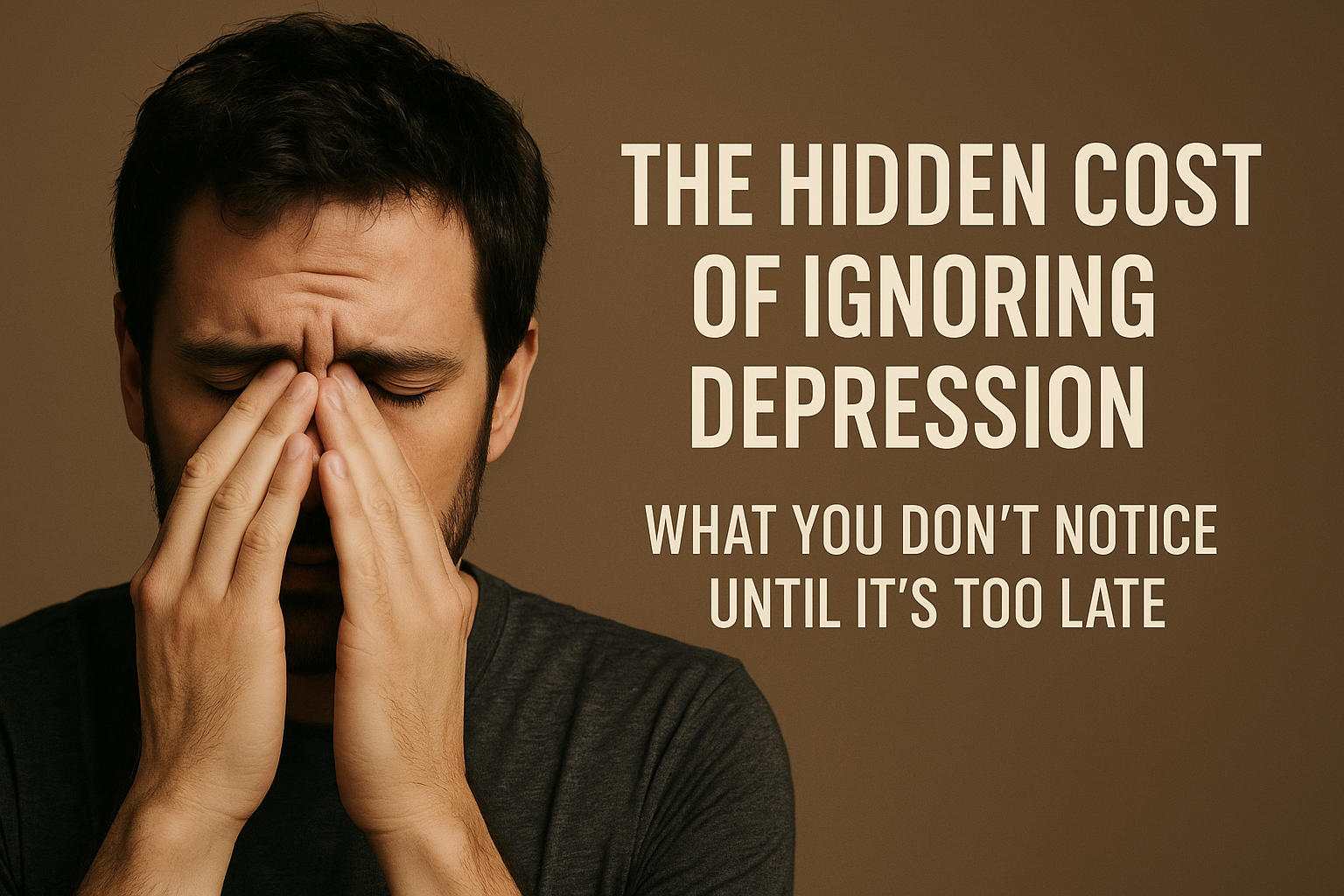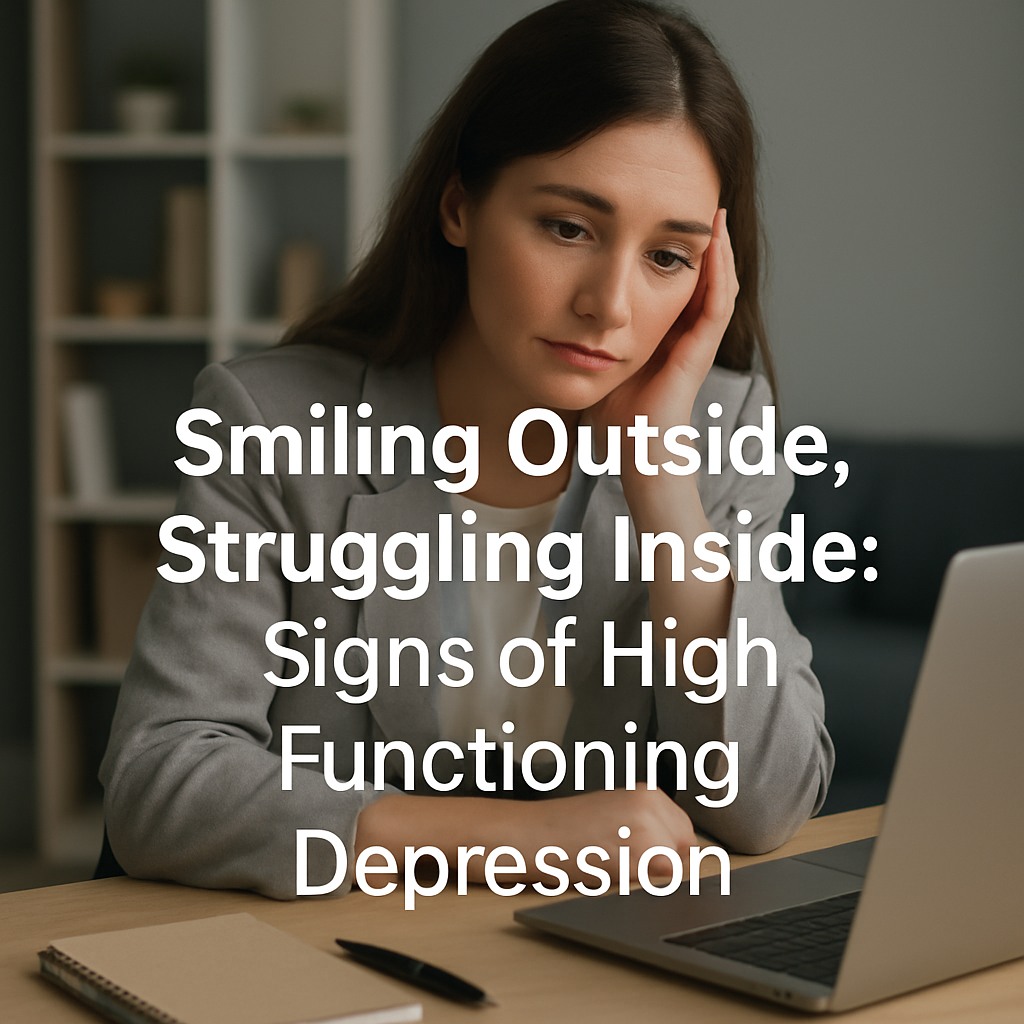Is It Just Overthinking or OCD? Here’s How to Know
By DTDF Essentials — Your Mental Health & Tech Wellness Hub
Why Can’t I Just Stop Thinking About This?
It starts innocently a thought loops in your mind: “Did I lock the door?” You check. And check again. Then later… you still feel unsure.
Or maybe you replay conversations over and over, analysing every word.
“Was I awkward? Did I offend them? What if they hate me now?”
Sound familiar?
You might wonder if you’re just an overthinker or if something deeper, like Obsessive-Compulsive Disorder (OCD), is going on.
As a mental health nurse, I’ve seen the confusion and the pain this question can cause. So let’s clear it up.
Overthinking vs. OCD: What’s the Core Difference?
| Overthinking | OCD |
|---|
| Nature of Thoughts | Worry-based, often situational | Obsessions — intrusive, unwanted, repetitive |
| Control | You can eventually “let it go” | Feels compulsive, urgent, and distressing |
| Relief Strategy | Distraction or reassurance works | Requires rituals/compulsions to ease distress |
| Impact | Stressful but manageable | Interferes with daily life, routines, and peace |
| Trigger | Real-life events or uncertainty | Often illogical or exaggerated fear patterns |
Real Talk: What OCD Feels Like
OCD is not a quirk. It’s not about being tidy or cautious. It’s a mental health condition rooted in anxiety, where obsessions (disturbing thoughts) lead to compulsions (rituals or repeated actions) to reduce fear.
Examples:
-
Obsession: “What if I accidentally harm someone?”
Compulsion: Repeating prayers or checking behaviours -
Obsession: “Things aren’t perfectly aligned something bad will happen.”
Compulsion: Arranging items until it “feels right”
The biggest difference?
Overthinking is exhausting. OCD is debilitating.
How Tech Can Help And When to Get Help
1. Digital Journaling
Apps like Reflectly, Moodnotes, or DTDF’s Digital Gratitude Journal can help you recognize patterns between thoughts and behaviours.
2. Biofeedback & Wearables
Tools like Apollo Neuro or Sensate can calm your nervous system by providing real-time stress regulation — perfect for those battling compulsive tension.
3. CBT-Based Apps
Apps like NOCD or OCD. app offer exposure response prevention (ERP) exercises, daily tracking, and therapist connections.
What You Can Do Next
-
✅ Notice your thoughts: Are they helpful or looping?
-
✅ Observe your actions: Are you doing something to “neutralize” the thought?
-
✅ Track your distress: Does it feel tolerable or urgent?
-
✅ Talk to a professional: If it disrupts your daily life, help is available.
Download: OCD vs. Overthinking Self-Check Guide
Need a simple tool to reflect on your own thought patterns?
Get our free printable:
“OCD vs. Overthinking: Know the Signs, Know Yourself”
Final Thoughts from DTDF Essentials
Everyone overthinks. But not everyone lives with OCD.
Knowing the difference is the first step toward the right support.
Whether it’s journaling, mindfulness, or medical help you deserve peace of mind that lasts.
